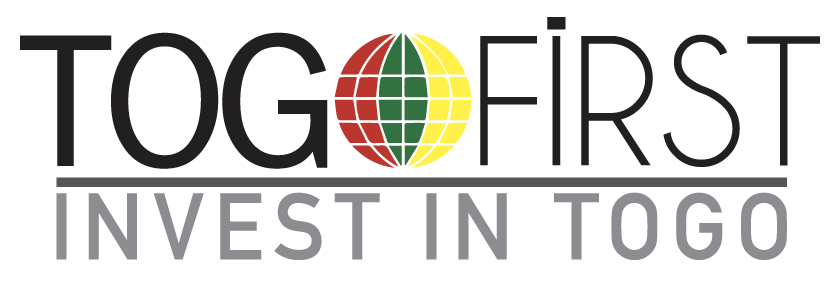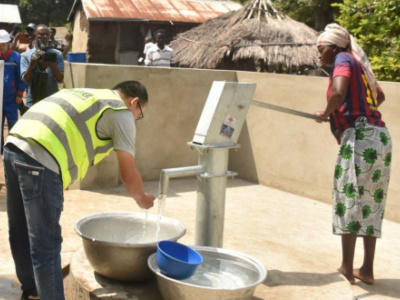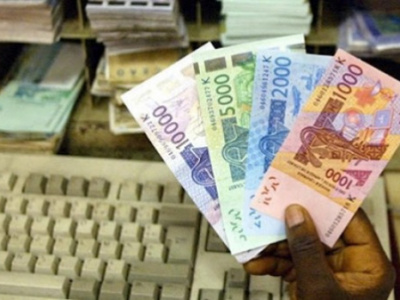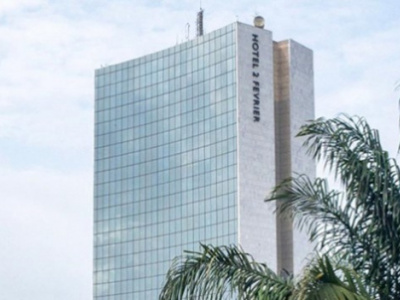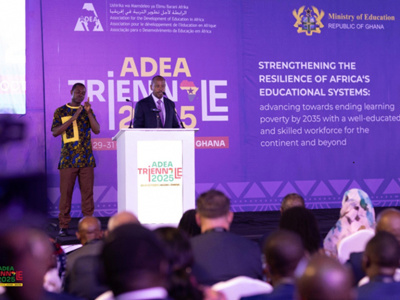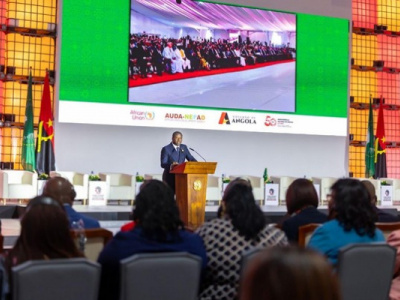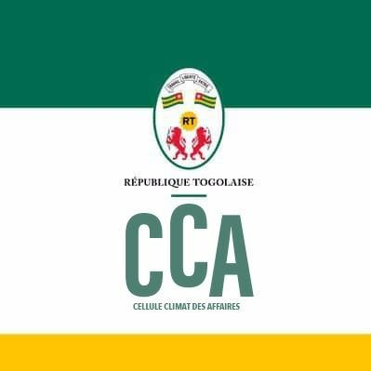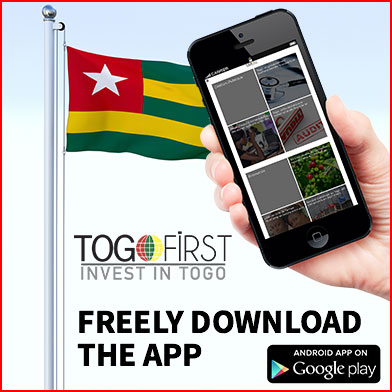Togo: Between 2015 and 2017, poverty rate slumped by 1.6% (INSEED)
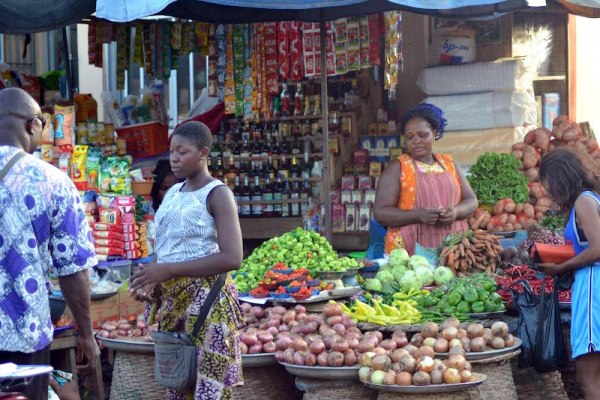
(Togo First) - Between 2015 and 2017, Togo’s poverty index receded according to the national institute of statistics, economic and demographic studies (INSEED) in a report entitled 2017 Poverty cartography, published on June 26, 2018.
In detail, poverty rate slumped from 55.1% in 2015 to 53.5% last year.
The figures are derived from two distinct studies namely the unified questionnaire on well-being base indicators (QUIBB) and a mini-survey conducted in 2017 on 27,046 households.
Explaining why this approach was adopted, Kwame Kouassi, INSEED director general, declared: “We decided to use these two surveys because the 2015 QUIBB did not provide enough details regarding poverty at the prefectural level. With additional data collected in 2017, we were able to analyze data at district and prefectural levels in Lomé. This is to allow local communities to take adequate decisions to tackle poverty”.
A lowering trend confirmed
The decrease of Togo’s poverty rate confirms positive impact of measures initiated by the government to end extreme poverty in the country. It also reinforces a trend observed since 2011. From 2011 to 2015, poverty rate indeed slumped from 58.7% to 55.1% in 2015 and then to 53.5% in 2017.
Across the countries’ various regions, poverty rate decreased significantly with some disparities here and there however, INSEED head said. Thus, in the Savannah region, this rate decreased from 87.3% in 2011 to 65% in 2017 while falling from 76% to 59.9% over the same period in the Central region.
The new data should serve as base to monitor the implementation of the 2018-2022 national development plan, and also to help achieve SDGs, declared Essohana Edjeou, cabinet director of the ministry of planning and development.
Séna Akoda
